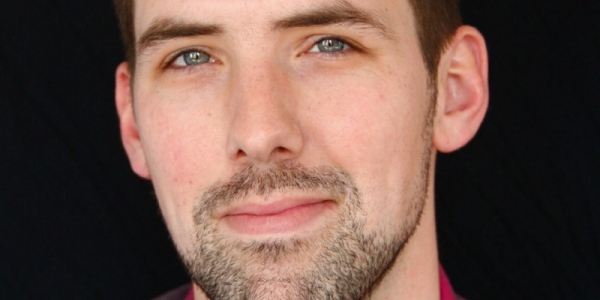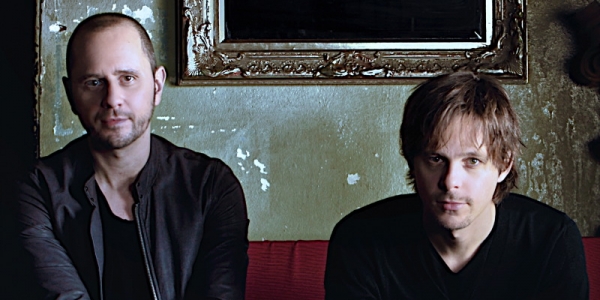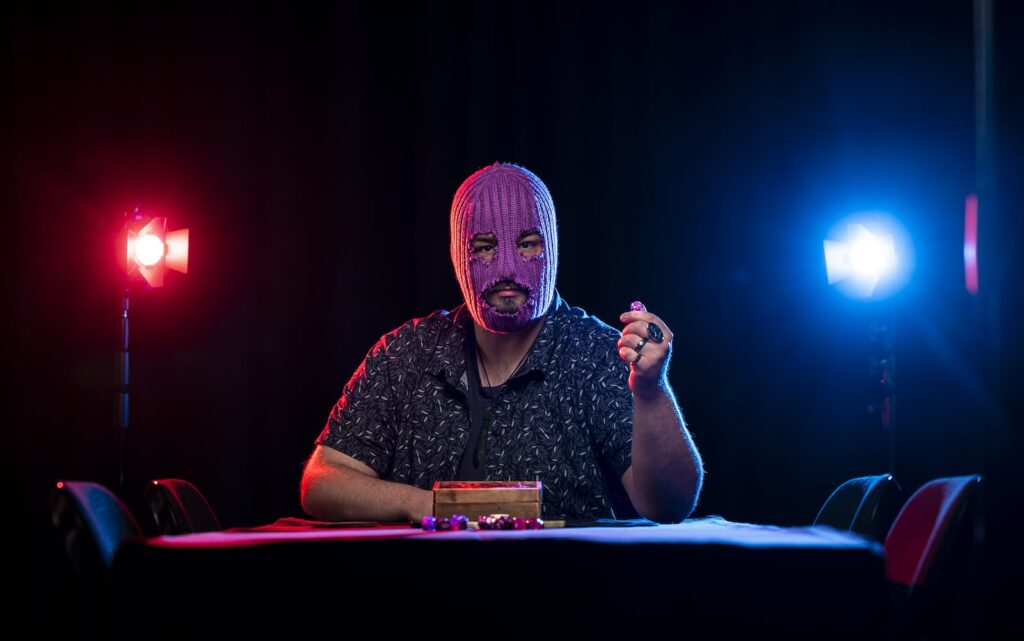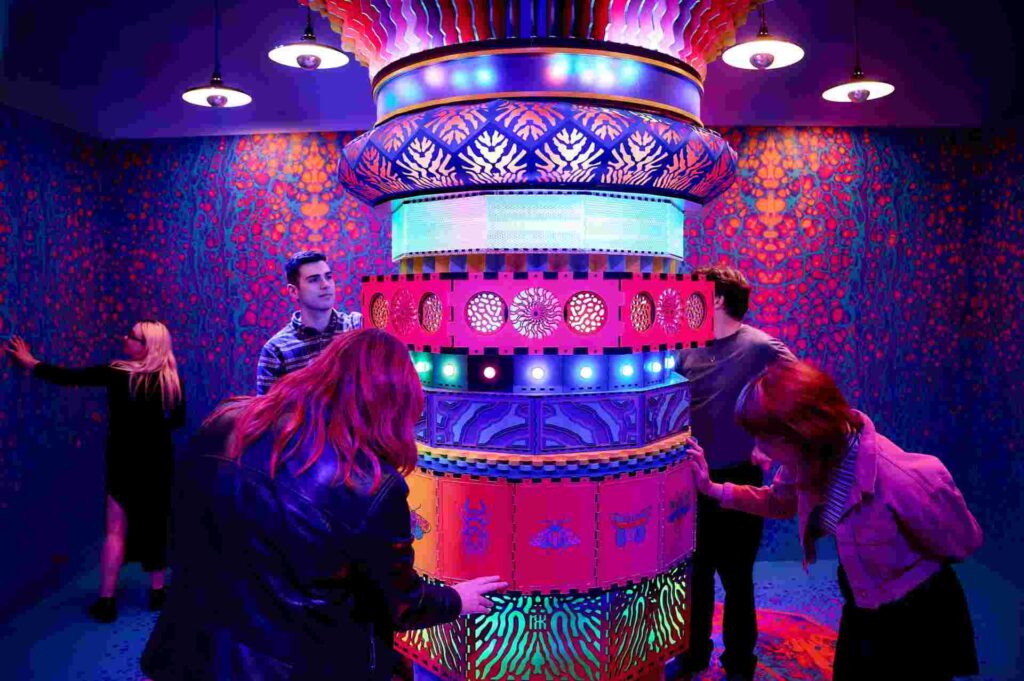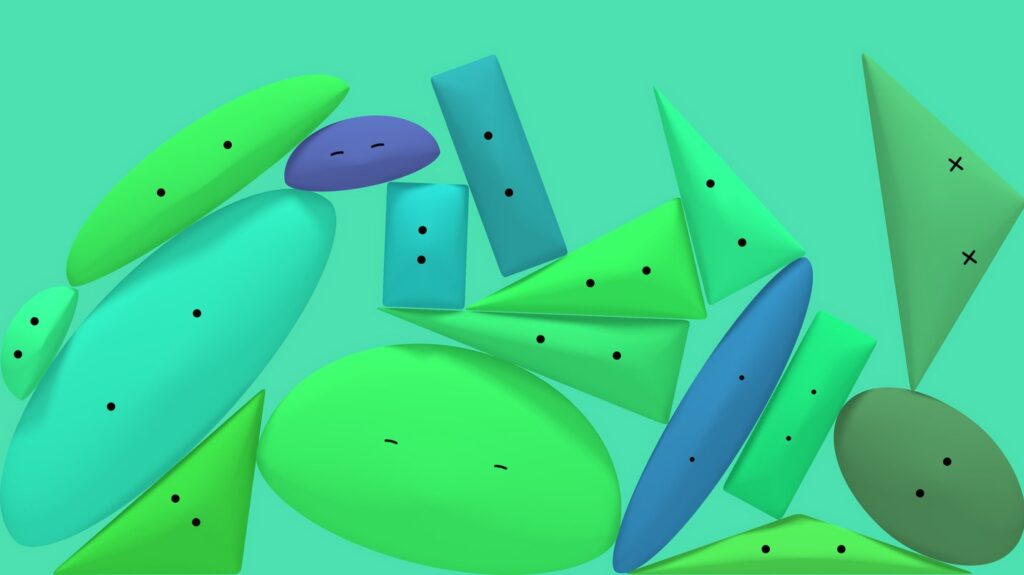These hubs are an entry point, dutifully programmed by Felix and found as far reaching as Kensington, South Melbourne and Richmond. The central nerve is the Fringe Hub at North Melbourne town hall, but its tendrils of unconventional arts spread far. “We’ve got a really exciting program [at the North Melbourne Town Hall] this year with about 46 shows, not including the 14 nights of free entertainment at the club after you’ve seen your shows. It’s a really exciting array of work that covers all the different genres within the festival, from performance through to cabaret, music, live art and comedy of course.“
His aim in programming this central hub is allowing as many artists as possible an opportunity to present work, showcasing the variety the fringe is best known for. “It offers audience members who might not know exactly what they’re in for to have a place to come to, to discover the great many styles of performance that are happening under the large pink umbrella that is Melbourne Fringe 2012.”
And there are many indeed, represented by the numerous art forms the satellite hubs present. Growing in number and prominence since last year’s celebration these hubs host a handful of large, diverse programs in venues outside North Melbourne, stretching almost as far as the city itself. Trades Hall are back as a hub venue to present comedy and performance, and pop-up venue Tuxedo Cat will bring “a great, different Fringe-y energy to the city centre,” says Felix. Rue Bebelons also have their biggest program yet, and he looks forward to seeing how they “bring it” for the Fringe this year.
“One of the great things about Melbourne Fringe is that we incorporate a lot of venues that operate year round,” he says, these venues programming heavily during Fringe time. “It means that audiences who live all over the city can engage easily with Fringe work and with the festival, and that the independent arts scene is not specifically located in the city centre as it is in other cities’ fringe festivals.”
Outside of the city, Felix mentions Richmond venue Owl and Pussycat, South Melbourne’s Butterfly club and Kensington’s Revolt, “who have an enormous program this year in the west that’s a hop, skip and a jump to 28 nights of amazing programming.” Carlton’s La Mama return as a satellite hub with a theatre and performance program, and “for people who are looking for some really high quality performance work La Mama is always a place to start, and that is no less true During Melbourne Fringe Festival, ” he says. Revolt and The Butterfly club delve into dark contemporary cabaret, and Tuxedo Cat and The Portland Hotel will introduce new comedians in a distinctly Fringeworthy atmosphere, both in the heart of the CBD.
Bloodlines, which will be performed at iconic venue The Butterfly Club, is a gothic Cabaret by Bradley Storer, a show for lovers of horror and dark cabaret which intertwines tales of familial dysfunction with music from dark artists like Nick Cave, Tom Waits and the Dresden Dolls. In its second year at the fringe, Storer says his production “draw[s] the audience into an exploration and exposure of the hidden and darker sides of human nature, whether humorously or dramatically. Instead of looking at the time-honoured subjects of cabaret such as heartbreak or self-discovery, gothic cabaret is about the darkness which is inside all of us.
“The Butterfly Club is a classic cabaret space, intimate and cosy with an air of the eccentric,” he says. “I’ve been there countless times and I instantly feel at home – but there are so many little hidden secrets and crawl-spaces that I’m always constantly being surprised, which suits this show perfectly!”
Another of the many countless satellite productions will be featured at Revolt in Kensington, Medea. Given a new contemporary life, the story looks at “History’s Greatest Divorce” while examining disturbing instances of real life infanticide.
The fringe tries to retain the culture of the venues with the shows it’s programmed in each. Each have their own distinct voice within the arts community, and the acts programmed fit with this. “I think it’s important for the venues to have a sense of identity that they’ve established for themselves and for the audiences that go there. But all of them are really in line with the spirit of the fringe, which is about presenting new independent work by amazing independent artists.”
Though the idea of a fringe can be a troublesome term, especially where Melbourne’s is one of Victoria’s largest and most dedicated artistic organisations. Felix agrees that what it means to be on the fringe has possibly changed, but what remains is their commitment to truly independent work.
“The festival is still there primarily to cater to independent artists and to provide a platform for the independent arts community to showcase their work en masse. And hopefully by doing so, highlight the incredible work that they’re doing, not only during the festival but all year round. And I think that’s one of the really amazing things about Melbourne Fringe Festival, is that it brings out the best in an incredibly diverse range of artists who are practicing year round.”
BY BELLA ARNOTT-HOARE
